
Máy Cắt Laser Sợi Nóng Bán Chạy Với Giảm Giá Cao Cho Thép Không Gỉ Carbon 1500W
7.800,00 US$ - 8.400,00 US$
Min Order: 1 Bộ
Laser Type: Fiber Laser
Cooling Mode: Air Cooling
CNSupplier


1000W 2000W 3000W kim loại laser cắt CNC sợi máy cắt laser cho thép không gỉ
12.000,00 US$ - 12.800,00 US$
Min Order: 1 Bộ
Laser Type: Fiber Laser
Cooling Mode: Water Cooling
CNSupplier


Senfeng thế hệ mới giá tốt 1500*3000 sợi Laser kim loại máy cắt 1500W để bán
15.000,00 US$
Min Order: 1 Bộ
Laser Type: Fiber Laser
Cooling Mode: Water Cooling
CNSupplier


Nhà máy trực tiếp sợi Laser Cutter 1000W 2000W 3000W CNC máy cắt laser trên bán
10.899,00 US$ - 11.000,00 US$
Min Order: 1 Bộ
Laser Type: Fiber Laser
Control System Brand: Cypcut
Cooling Mode: Water Cooling
CNSupplier

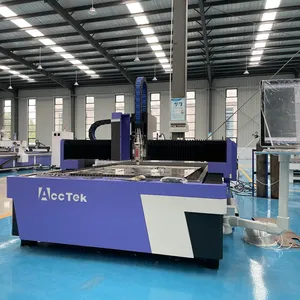
Máy Cắt Laser Acctek Sợi 1000W 1500W 2000W AKJ1530F
5.580,00 US$ - 5.730,00 US$
Min Order: 1 Bộ
Laser Type: Fiber Laser
Cooling Mode: Water Cooling
CNSupplier

kích thước lớn máy cắt lasermáy cắt laser bãomáy cắt laser công suất cao 140wmáy cắt laser arcylic9060 laser cắt giá máymáy cắt laser 4kw 6kwtiles laser cutting machinemáy cắt nông trạigiá máy cắt laser tại ấn độmáy cắt laser ấn độmáy cắt laser tại ấn độmáy cắt laser giá pakistangiá máy cắt laser ở malaysiagiá máy cắt laser ở pakistanmáy cắt laser giá malaysia

Trung quốc Gweike giá thấp CNC LF1325 sợi kim loại máy cắt laser
2.000,00 US$ - 4.299,00 US$
Min Order: 1 Bộ
Laser Type: Co2
Control System Brand: Cypcut
Cooling Mode: Water Cooling
CNSupplier

4030 CO2 cắt khắc 40W ROTARY trường hợp A3 A4 Kích thước cắt laser giá máy trong Philippines A3 laser Cutter
Sẵn sàng vận chuyển
500,00 US$ - 600,00 US$
Min Order: 1 Bộ
Shipping per piece: 370,50 US$
Laser Type: Co2
Cooling Mode: Water Cooling
Graphic Format Supported: Dxf
CNSupplier

Máy Cắt Laser Thủ Công Acrylic Giá Thấp 4060 6040
Sẵn sàng vận chuyển
420,00 US$ - 960,00 US$
Min Order: 1 Bộ
Laser Type: Co2
Control System Brand: Beckhoff
Cooling Mode: Water Cooling
CNSupplier
6 yrs
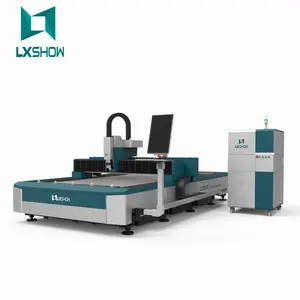
LX3015F 1kw 2000Watt 3000 Wát Sợi Máy Cắt Laser Ấn Độ Giá Kim Loại Tấm Máy Cắt Để Bán
10.000,00 US$ - 15.000,00 US$
Min Order: 1 Bộ
Laser Type: Fiber Laser
Cooling Mode: Water Cooling
CNSupplier

Máy Cắt Laser VOIERN WR4040mini WR3020 40W Khu Vực Làm Việc 300X200 Mm Giá Máy Khắc Laser Co2
380,00 US$ - 480,00 US$
Min Order: 1 Bộ
Laser Type: Co2
Cooling Mode: Water Cooling
Graphic Format Supported: Ai
CNSupplier

Bảng Khuôn Máy Cắt Laser/Gỗ Máy Cắt Laser Giá
5.000,00 US$
Min Order: 1 Bộ
Laser Type: Co2
Control System Brand: Leetro
Cooling Mode: Water Cooling
CNSupplier
14 yrs

SenFeng Laser SF3015G 3000 Wát Laser Máy Cắt Kim Loại Giá Trực Tiếp Công Nghiệp Thiết Bị Cắt Laser Sản Xuất
29.666,00 US$ - 47.799,00 US$
Min Order: 1 Bộ
Laser Type: Fiber Laser
Cooling Mode: Water Cooling
CNSupplier

Giá bán buôn kim loại chữ tấm ống Ống sợi CNC 500W 1000W Mini Laser Máy cắt kim loại
8.000,00 US$ - 10.000,00 US$
Min Order: 1 Bộ
Laser Type: Fiber Laser
Control System Brand: Cypcut
Cooling Mode: Water Cooling
CNSupplier

Công Suất Cao Tế Nam Nhà Máy Giá Tấm Kim Loại Sợi Máy Cắt Laser Để Bán
8.900,00 US$ - 15.000,00 US$
Min Order: 1 Bộ
Laser Type: Fiber Laser
Control System Brand: Cypcut
Cooling Mode: Water Cooling
CNSupplier
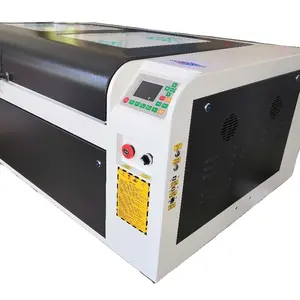
Máy Cắt Laser 1060 1080 Giá Rẻ Ruman
1.198,80 US$
Min Order: 1 Cái
Laser Type: Co2
Control System Brand: Ruida
Cooling Mode: Water Cooling
CNSupplier
5 yrs

Nhà Máy Giá Axial Flow 400 Wát 600 Wát CO2 Bảng Khuôn Máy Cắt Laser
20.000,00 US$ - 30.000,00 US$
Min Order: 1 Bộ
Laser Type: Co2
Cooling Mode: Water Cooling
CNSupplier
14 yrs

Máy Cắt Laser Sợi Leapion 1530H 1500 Watt Cho Máy Cắt Laser Sợi Kim Loại Giá 1000 Watt
8.000,00 US$ - 15.000,00 US$
Min Order: 1 Bộ
Laser Type: Fiber Laser
Control System Brand: Cypcut
Cooling Mode: Water Cooling
CNSupplier
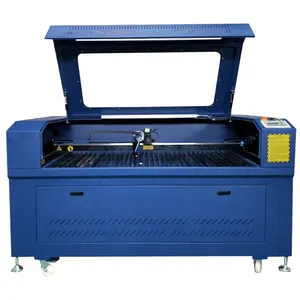
CCD Camera Tự Động Định Vị Nhãn Hiệu Máy Cắt Laser Với Giá Rẻ MC 1390
4.000,00 US$ - 6.000,00 US$
Min Order: 1 Bộ
Laser Type: Co2
Control System Brand: Ruida
Cooling Mode: Water Cooling
CNSupplier
10 yrs

Jinan Gweike Nhỏ 1390 1000 Wát 1500 Wát 2000 Wát Sợi Kim Loại Máy Cắt Laser Giá CE
19.999,00 US$ - 29.999,00 US$
Min Order: 1 Bộ
Laser Type: Fiber Laser
Control System Brand: Cypcut
Cooling Mode: Water Cooling
CNSupplier

Bodor kinh tế một loạt thiết kế mới bodor Máy cắt laser với giá thấp nhất
34.100,00 US$
Min Order: 1 Bộ
Laser Type: Fiber Laser
Cooling Mode: Water Cooling
CNSupplier

Tấm Thép Không Gỉ 1390 Cnc Tấm Kim Loại Máy Cắt Laser Với Giá Tốt Đẹp
18.500,00 US$
Min Order: 1 Cái
Laser Type: Fiber Laser
Cooling Mode: Water Cooling
CNSupplier

Đôi Thủ Trưởng Chi Phí Thấp Vải Máy Cắt Laser Giá Cho Vải Thăng Hoa
10.515,00 US$
Min Order: 1 Bộ
Laser Type: Co2
Control System Brand: Fanuc
Cooling Mode: Air Cooling
CNSupplier
13 yrs

Giá Đại Lý CO2 Máy Cắt Laser Bằng Thép Không Gỉ Máy Cắt Laser Kim Loại
4.500,00 US$ - 7.500,00 US$
Min Order: 1 Bộ
Laser Type: Co2
Control System Brand: Ruida
Cooling Mode: Air Cooling
CNSupplier
6 yrs

CE certificated China Bodor 3kw cnc laser cutter fiber laser metal cutting machine cheap price
32.000,00 US$ - 78.000,00 US$
Min Order: 1 Bộ
Laser Type: Fiber Laser
Control System Brand: Beckhoff
Cooling Mode: Water Cooling
CNSupplier
9 yrs

Được Xây Dựng Trong Hệ Thống Giám Sát 5 Mm Sợi Kim Loại Giá Máy Cắt Laser
38.000,00 US$
Min Order: 1 Bộ
Laser Type: Fiber Laser
Control System Brand: Cypcut
Cooling Mode: Water Cooling
CNSupplier
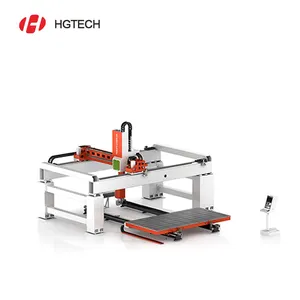
Trung Quốc Giá Rẻ 3D 5-trục CNC Máy Cắt Laser Giá SF3015
8.000,00 US$ - 15.000,00 US$
Min Order: 1 Bộ
Laser Type: Fiber Laser
Cooling Mode: Water Cooling
CNSupplier
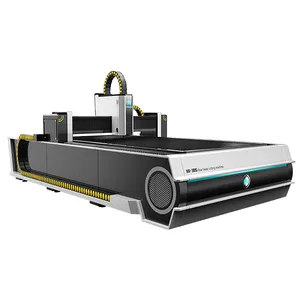
Hongniu Laser Sợi Máy Cắt Laser Máy Giá
44.000,00 US$
Min Order: 1 Bộ
Laser Type: Fiber Laser
Control System Brand: Cypcut
Cooling Mode: Water Cooling
CNSupplier

Máy cắt laser CNC giá Ấn Độ 4 trục cho chết
Sẵn sàng vận chuyển
10.000,00 US$ - 15.000,00 US$
Min Order: 1 Đơn vị
Shipping per piece: 1.000,00 US$
Laser Type: Fiber Laser
Cooling Mode: Water Cooling
CNSupplier

Trung Quốc 1500W 2000W 3000W CNC 3D Laser Máy Cắt Ống Ấn Độ Đại Lý Giá Thép Sắt Sợi Máy Cắt Laser Cho Ống Ống
38.000,00 US$ - 52.000,00 US$
Min Order: 1 Bộ
Laser Type: Fiber Laser
Cooling Mode: Water Cooling
CNSupplier
2 yrs

Cheap Price Made In China Accurl Laser Cutting Machine
2.200,00 US$ - 2.450,00 US$
Min Order: 1 Bộ
Laser Type: Co2
Cooling Mode: Water Cooling
CNSupplier

WILA LASER 500w 1000w 1500w fiber metal laser cutting machine promotional price for sale
23.800,00 US$ - 24.900,00 US$
Min Order: 1 Bộ
Laser Type: Fiber Laser
Control System Brand: Beckhoff
Cooling Mode: Water Cooling
CNSupplier
8 yrs

HUAXIA Chất Lượng Cao Top Bán Laser Diện Tích Nhỏ 3015 Máy Cắt Laser Sợi Cnc Giá Máy Cắt Laser Kim Loại 1000W-4000W
12.000,00 US$
Min Order: 1 Bộ
Laser Type: Fiber Laser
Cooling Mode: Air Cooling
CNSupplier

CA-1530 2060 Tấm Kim Loại/Ống Máy Cắt Laser Trung Quốc Tế Nam Máy Cắt Laser 1000W 2000W Giá
15.000,00 US$ - 35.000,00 US$
Min Order: 1 Bộ
Laser Type: Fiber Laser
Control System Brand: Cypcut
Cooling Mode: Water Cooling
CNSupplier
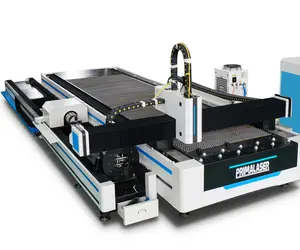
Prima Faber Laser Máy Cắt 1000W Nhà Máy Giá
25.000,00 US$
Min Order: 1 Bộ
Laser Type: Fiber Laser
Control System Brand: Cypcut
Cooling Mode: Air Cooling
CNSupplier
9 yrs
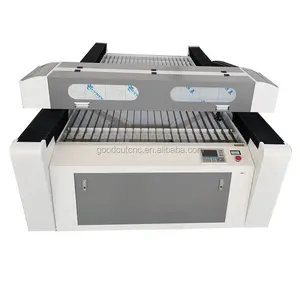
Tốc Độ Cao Co2 CNC PVC Cắt Laser Giá Máy Tại Ấn Độ Cho Khắc Gỗ
3.376,62 US$
Min Order: 1 Bộ
Laser Type: Co2
Cooling Mode: Water Cooling
Graphic Format Supported: Dxf
CNSupplier

Cho ăn tự động cắt laser tia laser máy cắt giá máy tại ấn độ euro máy cắt laser với CE giấy chứng nhận
6.000,00 US$
Min Order: 1 Bộ
Laser Type: Co2
Cooling Mode: Water Cooling
CNSupplier
8 yrs

Máy Cắt Laser 5 Trục Giá 3kw 3015 Sợi
Sẵn sàng vận chuyển
25.000,00 US$
Min Order: 1 Bộ
Shipping per piece: 3.500,00 US$
Laser Type: Fiber Laser
Control System Brand: Cypcut
Cooling Mode: Water Cooling
CNSupplier

Thượng Hải Cypcut Nhật Bản Servo sợi laser cắt kim loại bằng laser giá máy tại Ấn Độ
12.499,00 US$ - 14.499,00 US$
Min Order: 1 Bộ
Laser Type: Fiber Laser
Control System Brand: Cypcut
Cooling Mode: Water Cooling
CNSupplier
6 yrs

Nhà Máy Cung Cấp Giảm Giá Laser Gravierer 32-Bit Bo Mạch Chủ 450nm Máy Cắt Laser Với Bảo Vệ An Toàn Laser CNC
Sẵn sàng vận chuyển
332,00 US$ - 359,00 US$
Min Order: 1 Cái
Shipping per piece: 27,00 US$
Laser Type: Diode
Cooling Mode: Air Cooling
Graphic Format Supported: Bmp
CNSupplier
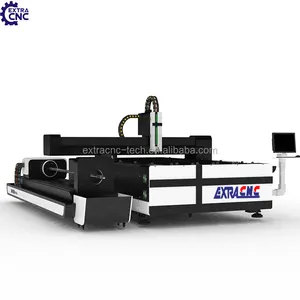
3015 1000 W 2kw 4Kw CNC Sợi Máy Cắt Laser Kim Loại Ống Cho Cả Hai Thép Không Gỉ Tấm Sợi Cắt Laser giá Máy
39.800,00 US$
Min Order: 1 Bộ
Laser Type: Fiber Laser
Cooling Mode: Water Cooling
CNSupplier
9 yrs


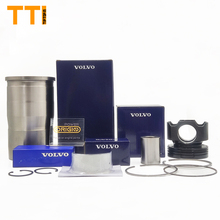


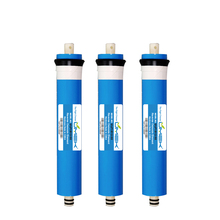

























 浙公网安备 33010002000092号
浙公网安备 33010002000092号 浙B2-20120091-4
浙B2-20120091-4